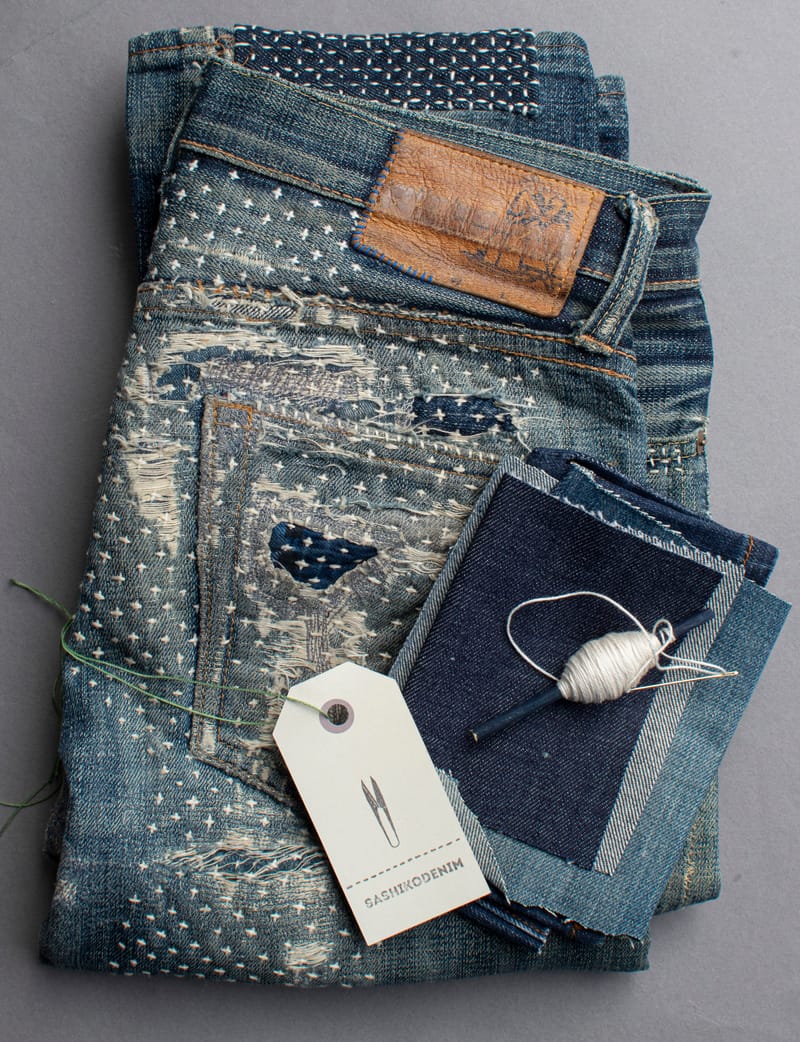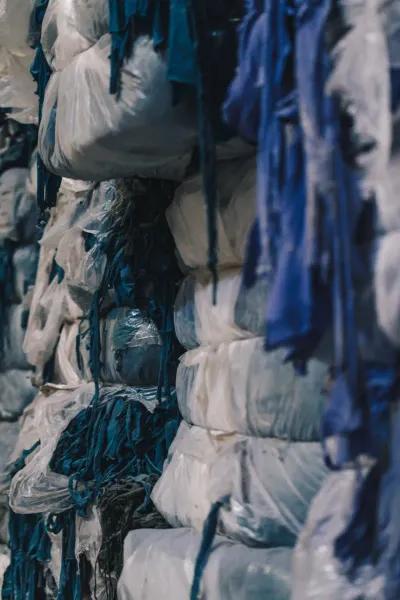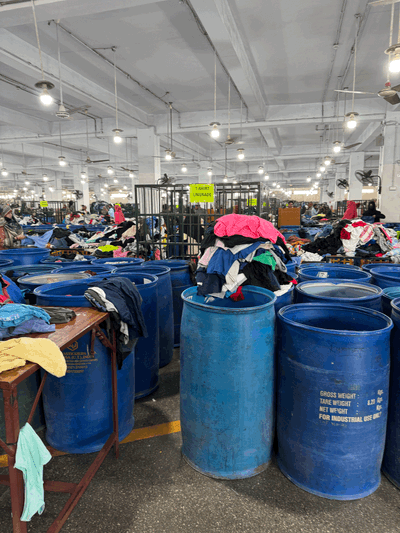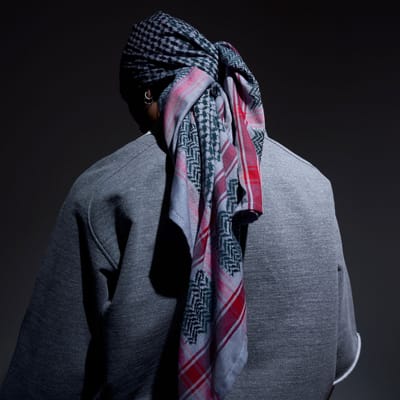For Pey van der Wel, a single moment of frustration transformed into a lifelong passion. "The moment my favourite pair of jeans ripped in 2015, I felt disappointed in the quality of the fabric," he recalls. But that disappointment quickly morphed into something much more profound—a curiosity about repair. The tear, which could have easily marked the end of the jeans, instead sparked a creative journey that would lead to the founding of SASHIKODENIM®.
SASHIKODENIM® focuses on the preservation and repair of garments rather than their replacement. "I came across sashiko while researching fabric reinforcement, and the traditional Japanese craft really spoke to me," says Van Der Wel. "The intricate patterns and the philosophy of ‘mottainai’—not wasting—resonated deeply."
Van Der Wel immersed himself in the technique, discovering not only the skill involved but also its rich cultural history. "Sashiko originated in 17th-century Japan as a farming repair technique," he explains. "It was a way for farmers to reinforce their worn hemp clothing with simple yet beautiful stitching patterns. And over time, these repairs created garments so intricate they’ve ended up in museums."
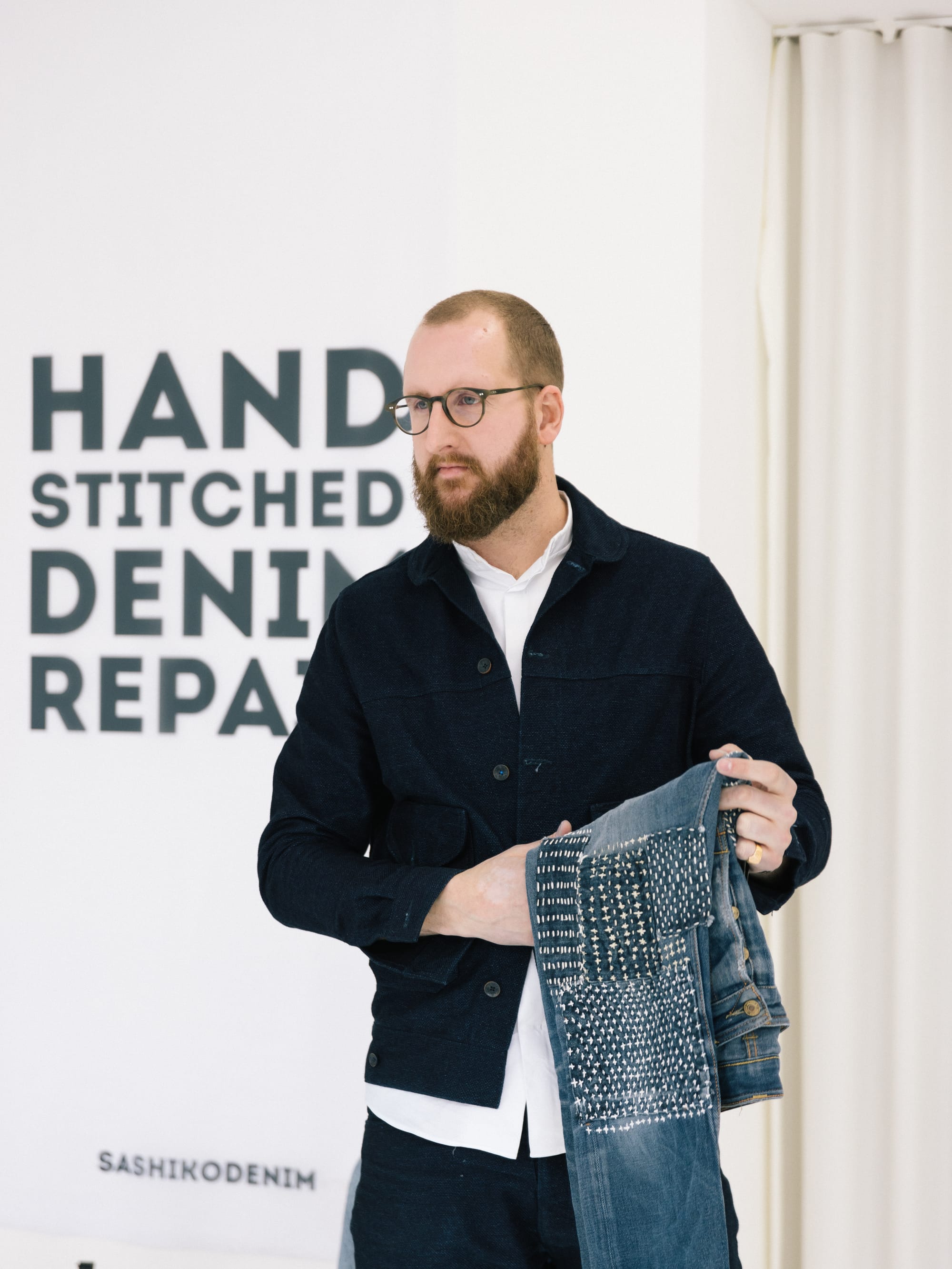
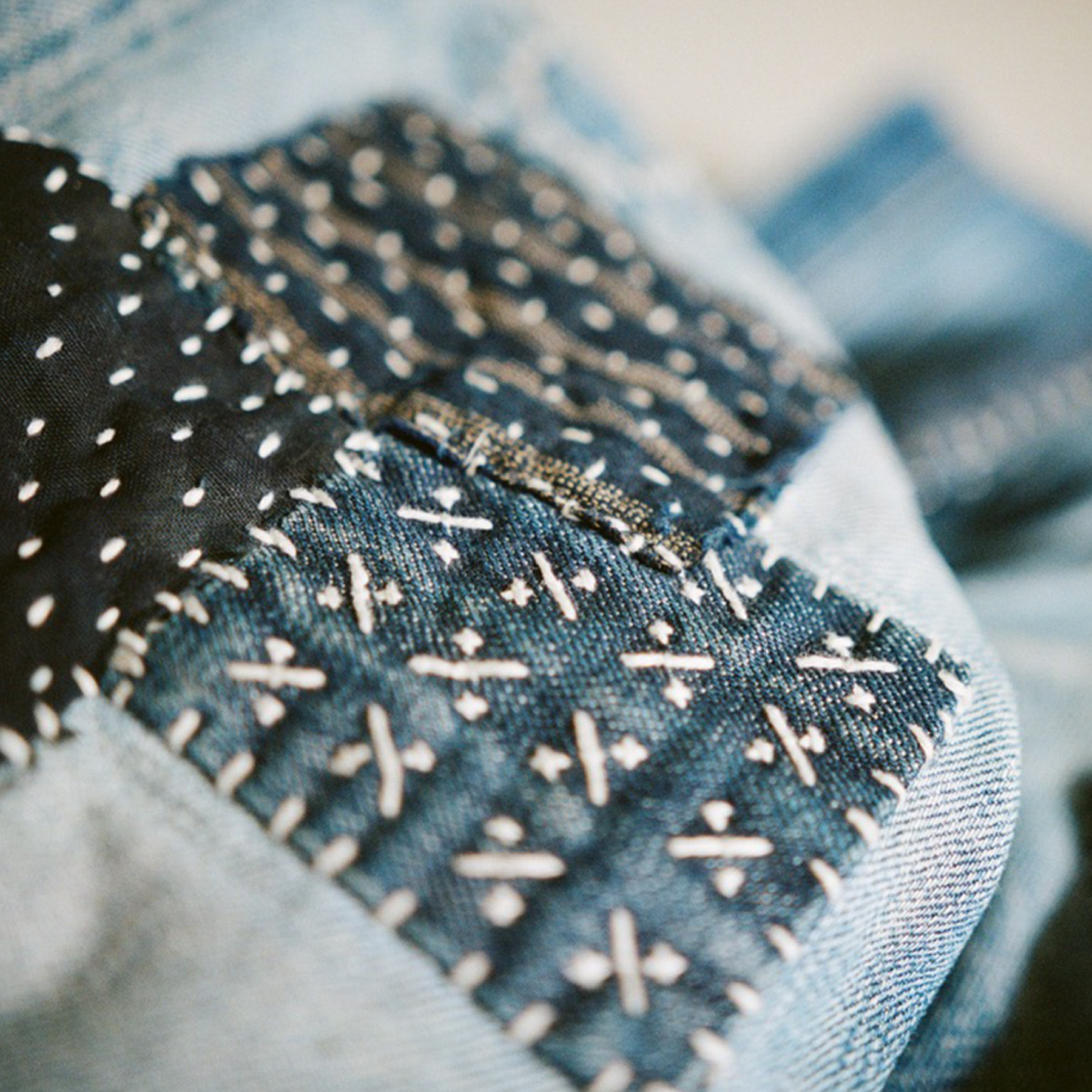
Pey van der Wel, founder of SASHIKODENIM®.
While sashiko may have begun as a necessity for those unable to afford new clothing, today it represents something more—an alternative to fast fashion. "For me, sustainability means repairing pieces that endure, both in quality and style. It’s about valuing what we already have," Van Der Wel shares. His studio has become a place where denim is transformed, not discarded, turning each piece into a personal work of art that honours the garment’s history and the wearer’s connection to it.
Van der Wel's first foray into repair began at home. Without any formal training, he reached for his mother’s sewing kit and started experimenting. "Lacking extra fabric, I sacrificed the fifth pocket of my jeans and used contrasting thread, white on dark blue, which is traditional for sashiko. It’s mindful work that requires a lot of time and concentration, but there’s something very satisfying about doing it yourself."
This mindfulness is central to Van Der Wel’s process. "Each piece has its own story, and I try to let the fabric and its imperfections guide me. There's no predetermined pattern," he says. The practice of sashiko taught him to embrace imperfection. "In the beginning, I was overly focused on getting the lines and distances just right. But over time, I realised that the beauty lies in the imperfections—the evidence of it being handmade."

One of Van Der Wel’s most memorable projects was a Levi’s jacket passed down through generations. "The jacket had seen years of wear and tear and held immense sentimental value," he reflects. "Restoring it was challenging, but also deeply rewarding. The most recent owner was so proud to see its history preserved through the repair."
But beyond the individual stories, SASHIKODENIM® is part of a broader movement to rethink how we engage with clothing. "Through repair, we contribute to reducing fashion’s environmental impact. Every piece I repair is one less item in a landfill," Van Der Wel states. His mission is not just to repair garments but to challenge the throwaway culture that has taken hold in recent decades.
"One of the biggest challenges is sourcing sustainable materials," Van Der Wel explains. "But I’ve managed to partner with suppliers who share waste fabrics from their production. We also work with private customers who donate old jeans that no longer fit. It’s all about finding creative ways to keep materials in circulation."
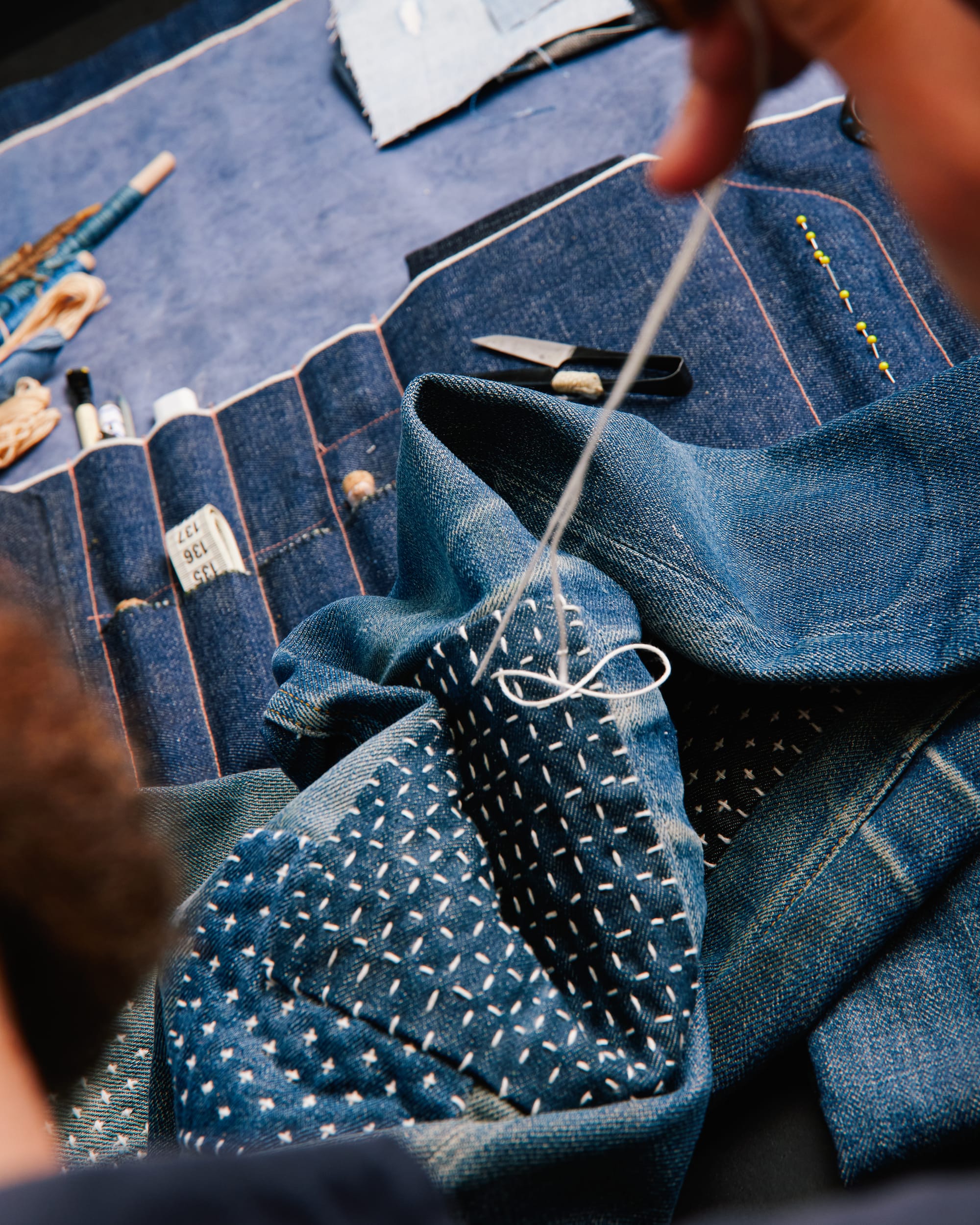

Nike collaboration with Florence. Photo by @studio_encore.
SASHIKODENIM® has also expanded its mission through workshops and collaborations with customers. Van Der Wel hosts workshops in his studio and at denim fairs like Kingpins Amsterdam. "It’s great to see people learning the craft themselves," he says. "There’s a sense of pride when someone repairs their own jeans and wears them again, knowing they’ve given them a second life."
Looking ahead, SASHIKODENIM® has plans to continue growing, expanding both its reach and its craft. "Next to SASHIKODENIM®, we’ve opened a new brand and atelier called FutureFutureApparel.com," Van Der Wel reveals. "We’re broadening our scope to offer more repair techniques across different types of garments. Our goal is to make repairing the first option in consumers’ minds, not the last."
Sashiko remains at the heart of the brand, but Van Der Wel is also exploring other textile arts like boro and embroidery to add new dimensions to his work. "I love the depth and texture these techniques bring. They’re another way to tell the garment’s story, to give it personality and life."
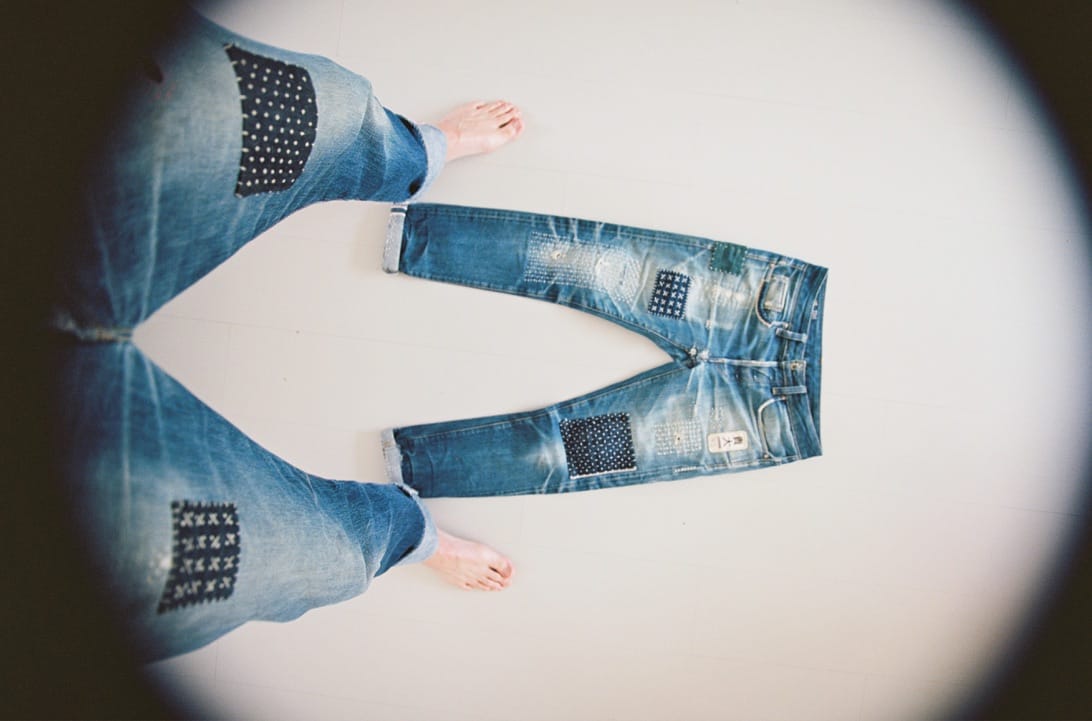
While the studio's clientele is growing worldwide, Van Der Wel finds his dream collaboration in the relationships he builds with his clients. "Every piece has a story," he says. "One customer from America sent in a pair of jeans that had been cut open from top to bottom after a motorcycle accident. It’s these stories that make the work so meaningful."
As fashion increasingly faces calls for sustainability, Van Der Wel sees a shift happening. "We need to move towards valuing quality over quantity," he stresses. "SASHIKODENIM® is part of that shift, promoting the longevity of garments and the art of repair."
Van Der Wel’s personal life reflects the values he promotes through his work. His sons, Oliver and Lewis, are growing up with a deep respect for craftsmanship and repair. "Oliver recently gave a sashiko workshop to his entire class," Van Der Wel shares proudly. "It’s a new generation growing up with the mindset that repairing is not just an option, but the norm."
SASHIKODENIM® may have begun with a single pair of ripped jeans, but Van Der Wel’s vision has grown into something far larger—a movement to honour craftsmanship, reduce waste, and give clothing a second life. As he puts it, "Repair isn’t just about saving a pair of jeans—it’s about preserving the stories and memories that make those jeans worth saving."

